BLOG
Categories
How Wraparound Services Support Families in Crisis: Comprehensive Aid for Recovery

Wraparound services are a comprehensive approach to support families dealing with mental health or behavioral issues. These services work by creating personalized plans that consider the unique needs of every family.
When families face mental health challenges, behavioral crises, or extreme stress, it’s easy to feel isolated and overwhelmed. Traditional services often focus on individual symptoms rather than the bigger picture—the relationships, stressors, and underlying needs that shape a family’s daily life. This is where wraparound services step in.
Wraparound isn’t just another intervention—it’s a comprehensive, relationship-driven approach designed to meet families where they are, providing personalized, community-based support that keeps children and parents connected, empowered, and supported.
More Than Just Services—A Support Network
Wraparound services use a team-based, family-driven approach that brings together professionals, family members, and community resources to build a tailored support plan for families in crisis. Unlike traditional interventions, which may focus on a single aspect of a child’s life (like therapy or education), wraparound services recognize that real healing happens within relationships and daily routines.
What Makes Wraparound Services Unique?
✅ Family-Driven & Individualized
No two families are alike, so no two plans should be either. Services adapt to a family’s unique strengths and challenges rather than applying a one-size-fits-all approach.
✅ Comprehensive Support
This isn’t just therapy. Wraparound includes mental health care, crisis intervention, parenting support, educational advocacy, and connection to local resources.
✅ Community-Focused
Healing doesn’t just happen in offices—it happens in homes, schools, and neighborhoods. Wraparound care helps families access support within their own communities.
✅ Ongoing Communication & Adjustment
Families meet with their wraparound team regularly, ensuring the plan evolves as needs change.
At its core, wraparound services focus on empowering families, reducing stress, and preventing out-of-home placements by keeping children in safe, stable environments where they can heal and grow.
History and Evolution of Wraparound Services
Wraparound services were first introduced in the 1980s as a way to prevent institutionalization of children with severe emotional and behavioral challenges. Instead of placing kids in residential treatment centers, hospitals, or juvenile detention, wraparound services aimed to keep families together by providing intensive, in-home and community-based support.
How Wraparound Services Have Grown Over Time
🔹
Originally Focused on At-Risk Youth: Wraparound services were first developed for children who were on the verge of being removed from their homes due to emotional or behavioral crises.
🔹 Expanded to a Wider Audience: Over time, the approach grew beyond high-risk youth to include families experiencing trauma, mental health struggles, and severe stress.
🔹 Now Used in Schools & Community Organizations: Today, wraparound services are widely used in schools, juvenile justice systems, and community support programs, helping families navigate complex life challenges while keeping kids in their communities.
Despite the changes over the years, the heart of wraparound services remains the same—keeping families together, helping them heal, and providing real, relationship-based solutions instead of quick fixes.
The Impact of Wraparound Services on Families in Crisis
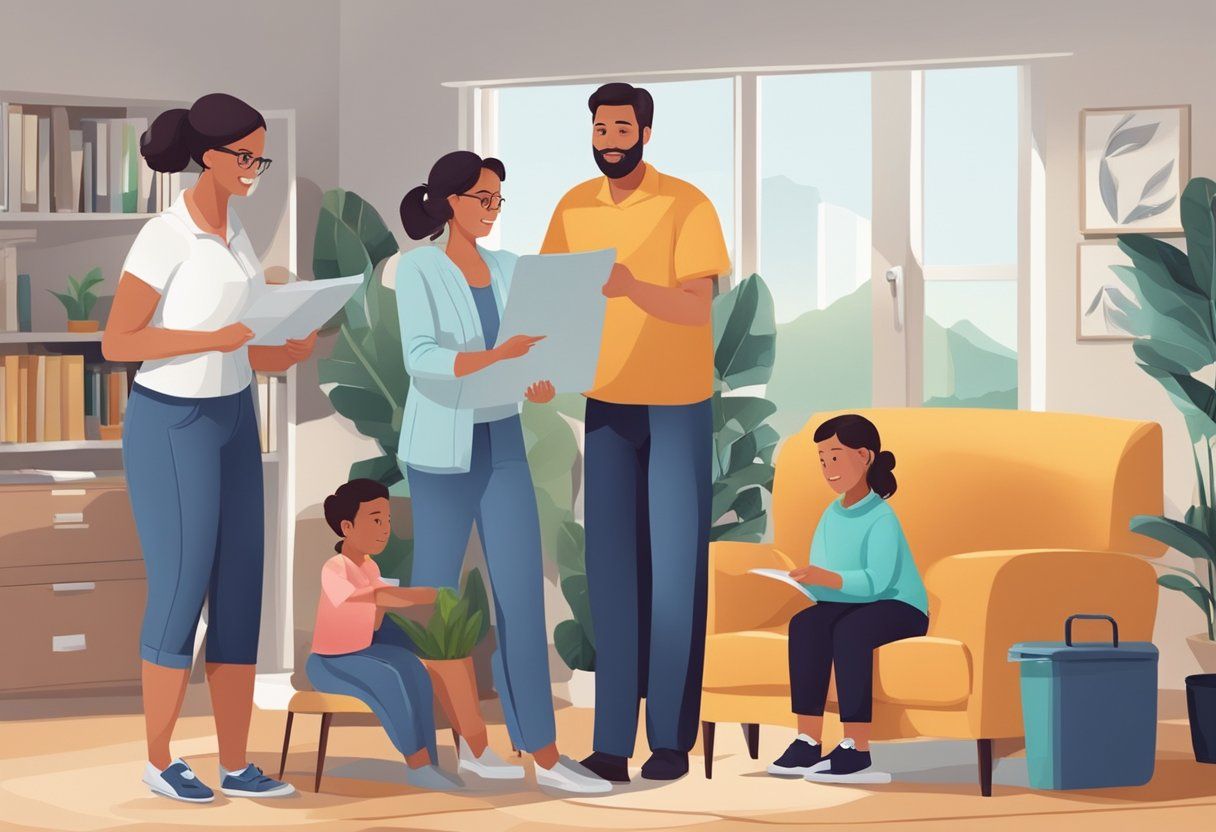
When families experience crisis situations, the stress can feel overwhelming and unmanageable. Parents may struggle to meet their child’s emotional and behavioral needs while also juggling mental health challenges, financial instability, and educational concerns.
Wraparound services step in as a safety net, offering personalized, coordinated support to help families stabilize, heal, and rebuild. Rather than offering quick-fix solutions, these services provide long-term, relationship-based care that fosters resilience and lasting change.
Mental Health and Crisis Stabilization
Mental health struggles don’t just affect individuals—they impact entire families. Whether a parent is dealing with overwhelming stress, depression, or trauma, or a child is exhibiting behavioral outbursts and emotional distress, proactive intervention is key to preventing crisis situations from escalating.
How Wraparound Services Provide Mental Health Stability
- Personalized Mental Health Support: Families receive customized therapy and counseling, ensuring they have the tools to navigate stress and emotional challenges together.
- Crisis Intervention Plans: Instead of reacting to emergencies in the moment, wraparound services help families develop safety plans that outline clear steps for handling crises before they happen.
- Access to Therapists and Trauma Specialists: Many families struggle to access mental health care when they need it most. Wraparound services provide direct connections to therapists, counselors, and behavioral specialists trained in trauma-informed care.
- Emphasis on Emotional Regulation: Rather than focusing on punitive responses to behaviors, wraparound services help families understand the root causes of stress and trauma-related reactions.
When families receive consistent, compassionate mental health support, they experience less chaos, better emotional regulation, and stronger relationships.
Support for Youth and Children
Children and teens in crisis often experience disruptions in their home life, school, and personal relationships. Without stability, they may struggle with anxiety, depression, defiance, or withdrawal. Wraparound services work to restore a sense of security by providing structured, nurturing support tailored to each child’s needs.
How Wraparound Services Support Youth in Crisis:
✅ Personalized Guidance from Mentors & Social Workers
Youth are connected with positive role models and trained professionals who help them process emotions, set goals, and develop healthy coping strategies.
✅ Housing & Stability Support
Many children in crisis face frequent moves and unstable living arrangements. Wraparound services work to reduce disruptions, prevent unnecessary placements, and maintain consistent environments.
✅ Encouraging Healthy Peer & Community Relationships
Youth who experience instability benefit from structured social connections—whether through mentoring programs, peer groups, or community involvement.
✅ Behavioral & Emotional Support
Instead of labeling children as "difficult" or "defiant," wraparound care addresses the root causes of behavior by providing therapeutic interventions and regulatory support.
Children thrive when they feel safe, supported, and valued. Wraparound services help reduce instability and give youth the resources they need to succeed.
Education and Learning Support
For children in crisis, school can either be a safe haven or another source of stress. Frequent moves, emotional struggles, and learning challenges can quickly derail academic progress. Wraparound services recognize that education is a key factor in a child’s long-term stability and success—and they work to ensure kids don’t fall behind due to family hardships.
How Wraparound Services Support Educational Success:
- Wraparound teams partner with educators, school counselors, and administrators to create personalized education plans that meet each child’s unique needs.
- If a child is struggling academically due to trauma or instability, wraparound services provide specialized tutoring, learning assessments, and educational interventions.
- Some children in crisis have undiagnosed learning difficulties or IEP (Individualized Education Plan) needs. Wraparound teams ensure that children receive proper evaluations and accommodations.
- Keeping children enrolled in their current school—rather than forcing multiple transfers—helps preserve friendships, teacher relationships, and a sense of routine.
Education is more than just academics—it’s about confidence, consistency, and future opportunities. By supporting a child’s learning, wraparound services help them regain a sense of normalcy and success.
Implementation of Wraparound Services
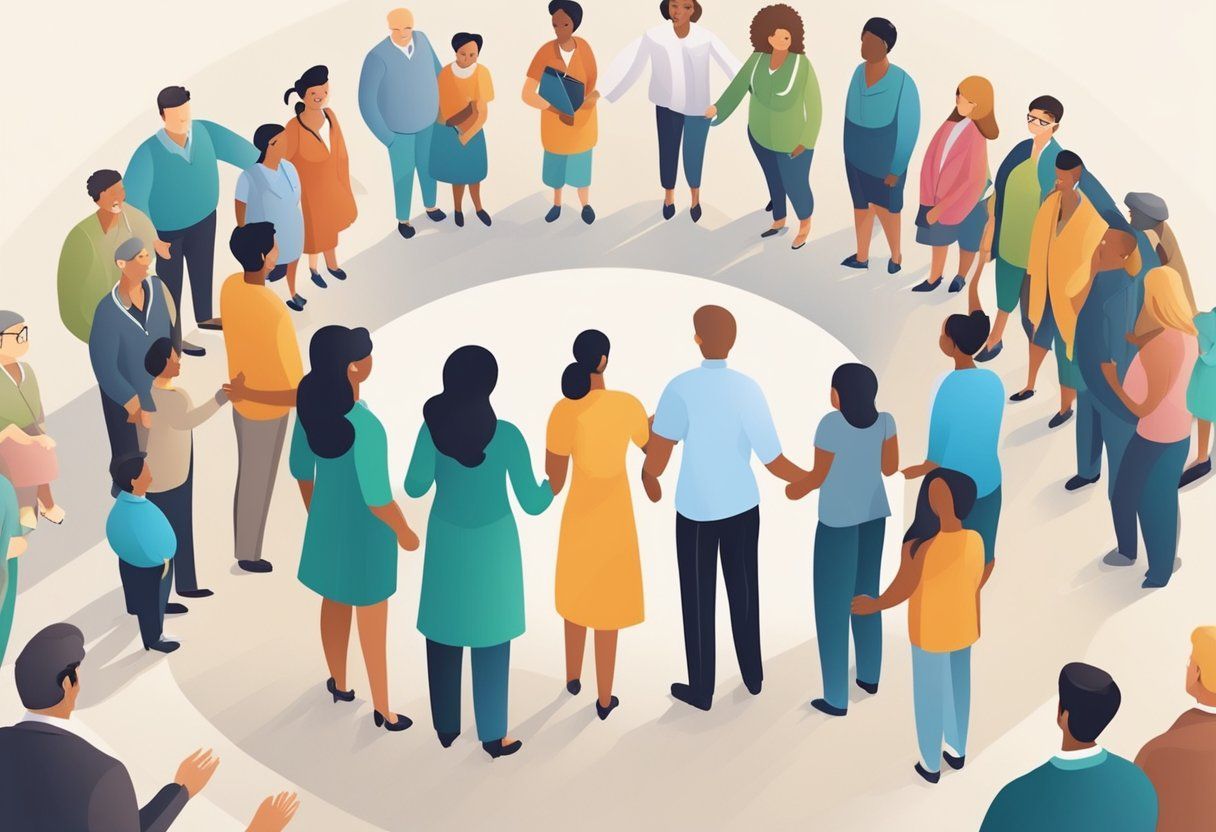
Wraparound services aim to support families in crisis by forming a coordinated network of care. This involves creating individualized plans and building strong support teams to address each family's unique needs.
The Wraparound Process
The wraparound process is more than just connecting families with resources—it’s about developing a personalized plan that integrates services, strengthens relationships, and empowers families to take control of their future.
How the Wraparound Process Works
📌Identifying Family Strengths & Needs - Instead of focusing only on problems, wraparound care recognizes a family’s existing strengths and builds upon them.
📌Setting Meaningful, Attainable Goals - Families work with professionals to create clear, realistic goals that focus on improving daily life and long-term stability.
📌Building a Custom Support Plan - Plans blend formal services (therapy, education, crisis intervention) with natural supports (extended family, faith communities, mentors).
📌Ongoing Monitoring & Adjustments - Regular check-ins ensure that support remains relevant, effective, and adaptable as family circumstances evolve.
Rather than forcing families into rigid programs, the wraparound process meets them where they are, ensuring solutions are sustainable and empowering.
Building a Wraparound Team
At the core of wraparound services is the team—a carefully assembled group of professionals, family members, and community supports who work together to create and implement the family’s plan.
Key Members of a Wraparound Team
The Family
Parents and children play an active role in shaping their own plan, ensuring services align with their values and priorities.
Social Workers & Case Managers
Provide guidance, resource coordination, and crisis management.
Educators & School Support Staff
Help children stay engaged academically and access necessary educational accommodations.
Healthcare & Mental Health Providers
Offer trauma-informed therapy, medical care, and emotional support.
Community & Natural Supports
Friends, extended family, mentors, and faith-based groups provide additional encouragement, stability, and real-world support.
The Power of Collaboration
A successful wraparound team works together seamlessly, ensuring families aren’t left piecing together services on their own.
Meetings ensure that all support systems—school, therapy, social services—are aligned and working toward shared goals.
By integrating professional care with natural relationships, families receive well-rounded, sustainable support.
The process is not about “fixing” families—it’s about equipping them with the resources, relationships, and tools to thrive.
When families have a strong, coordinated team behind them, they feel less overwhelmed, more supported, and more confident in their ability to create lasting change.
Collaboration and Community Partnerships
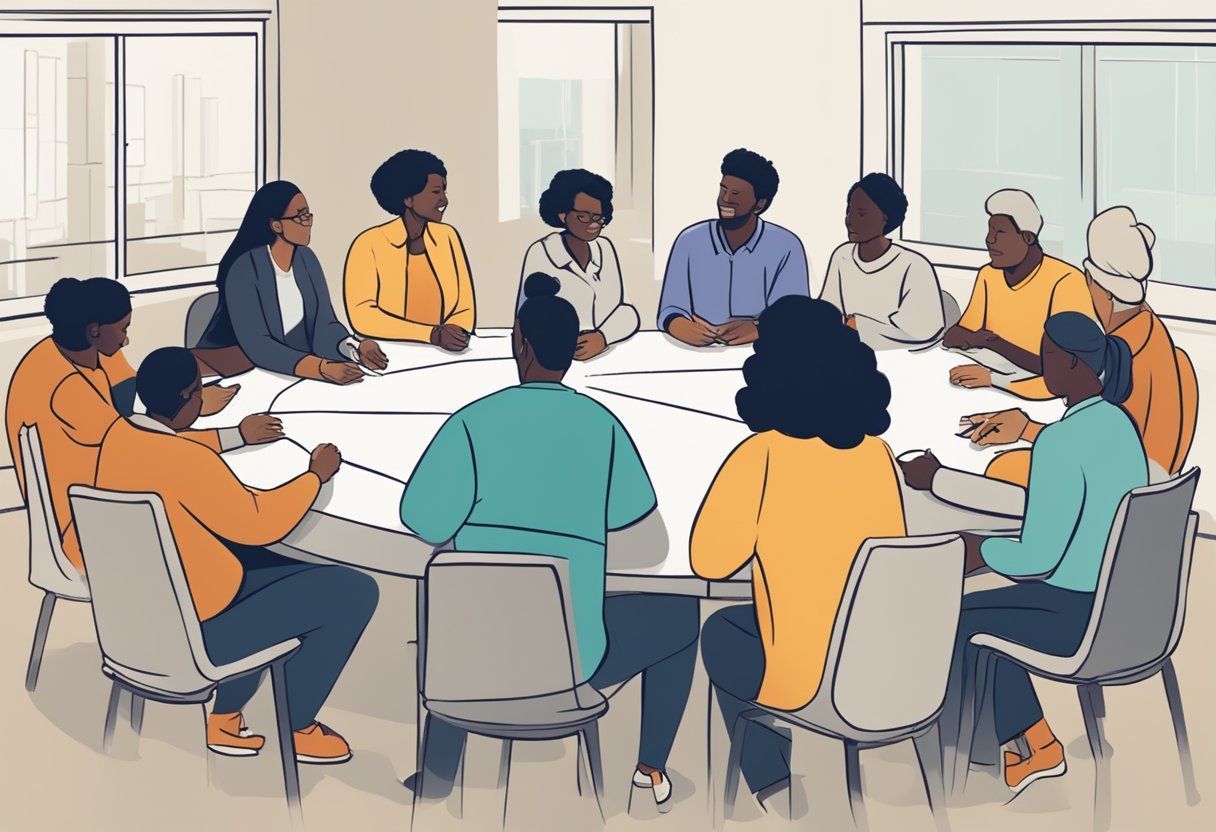
When families are in crisis, no single service or agency can meet all their needs. That’s why collaboration and strong community partnerships are essential in the wraparound model. By working together, local organizations, schools, healthcare providers, and support networks can create a comprehensive system of care that truly empowers families.
Rather than isolated services, wraparound care integrates multiple community resources to provide families with holistic, coordinated, and sustainable support.
Role of Community Resources
Community resources fill the gaps where traditional systems fall short, ensuring that families have access to practical, emotional, and long-term support. These resources are often the bridge between crisis and stability.
Key Community-Based Supports in Wraparound Services:
- Non-Profit Organizations. Provide financial assistance, housing support, food security programs, and crisis intervention.
- Schools & Educational Services. Offer individualized learning plans, special education resources, and mental health counseling for students.
- Healthcare & Mental Health Agencies. Connect families to therapy, trauma-informed care, medical services, and substance abuse programs.
- Faith-Based & Cultural Groups. Many families find comfort, mentorship, and practical support through churches, community centers, or cultural organizations.
- Peer Support Networks. Parent mentor programs and peer groups help families feel less alone by providing emotional support from those who have been in similar situations.
By integrating these resources, wraparound care ensures that families don’t have to navigate crises alone—they have an entire community standing beside them. Families in crisis need more than just services—they need a connected, reliable network of support that meets their practical and emotional needs.
Fostering Strong Community Relations
For wraparound services to be truly effective, trust and communication among community partners are key. When agencies, schools, and service providers work together, families receive consistent, coordinated care rather than fragmented, confusing interventions.
How to Build Strong Community Partnerships:
- When all community partners align on priorities, families benefit from a cohesive, well-structured support system.
- Agencies must collaborate regularly to ensure that progress is tracked, gaps are addressed, and services remain adaptable.
- Involving families, local leaders, and cultural groups ensures that wraparound services are welcoming, relevant, and accessible to diverse populations.
- Sustainable partnerships go beyond short-term interventions. By maintaining strong relationships over time, families can continue to access support even after a crisis has passed.
When local organizations work in harmony, they strengthen not only individual families but the entire community, ensuring that no one is left behind.
A well-connected community is a powerful force for change—when people work together, families can thrive instead of just surviving.
At its core, wraparound care is about relationships—not just between families and services, but between the community members who work together to create stability, hope, and healing.
When communities unite, families in crisis find not just support, but a true sense of belonging and resilience.
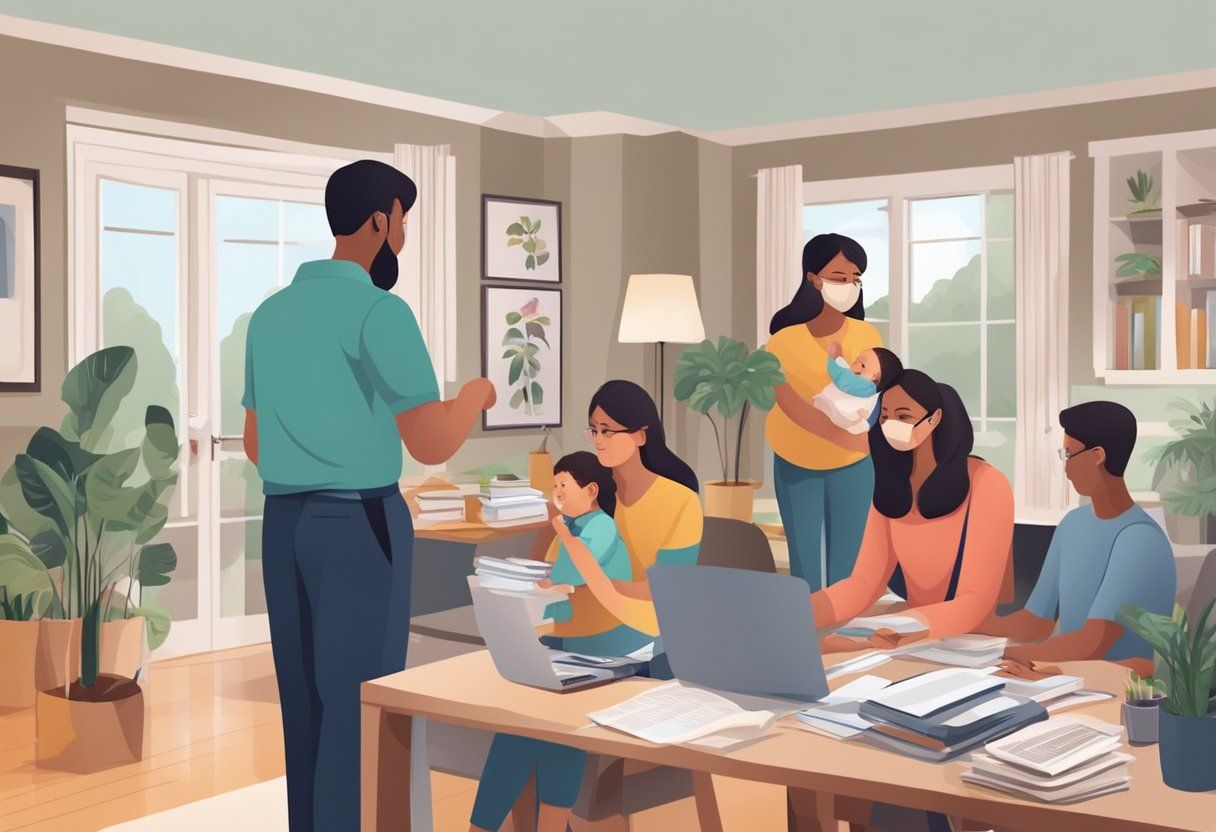
Frequently Asked Questions
What are the primary benefits of wraparound services for families facing a crisis?
Wraparound services are designed to provide intensive support by coordinating resources that help families stabilize and manage their situation.
They focus on the unique needs of each family, ensuring that services are customized and effective.
What criteria must families meet to be eligible for wraparound services?
Eligibility often depends on factors like the severity of the crisis and specific needs such as mental health challenges.
Families typically need an assessment to determine if these services are suitable for them, taking into account both personal and situational aspects.
How do wraparound services cater to the specific needs of adults in crisis?
Wraparound services for adults may include counseling, job assistance, and other supports tailored to individual circumstances.
This helps address various challenges adults face, offering tools and resources to improve their situation and mental health.
In what ways do wraparound services address the mental health needs of individuals and families?
These services provide access to mental health professionals and support systems, focusing on therapy, stress management, and emotional wellness.
This approach helps individuals and families build resilience and improve overall mental health outcomes.
What types of wraparound services are available to support students experiencing crisis?
For students, wraparound services may include academic support, counseling, and mentorship programs.
These resources aim to support students' educational and emotional needs, allowing them to maintain academic performance while managing personal challenges.
How can individuals locate wraparound services within their local communities?
You can find wraparound services by contacting local health departments, community organizations, or schools. Many areas also have hotlines or online resources that provide information on available services. This makes it easier to connect with the support you need.
RECENT POSTS
Bringing and keeping families together!








